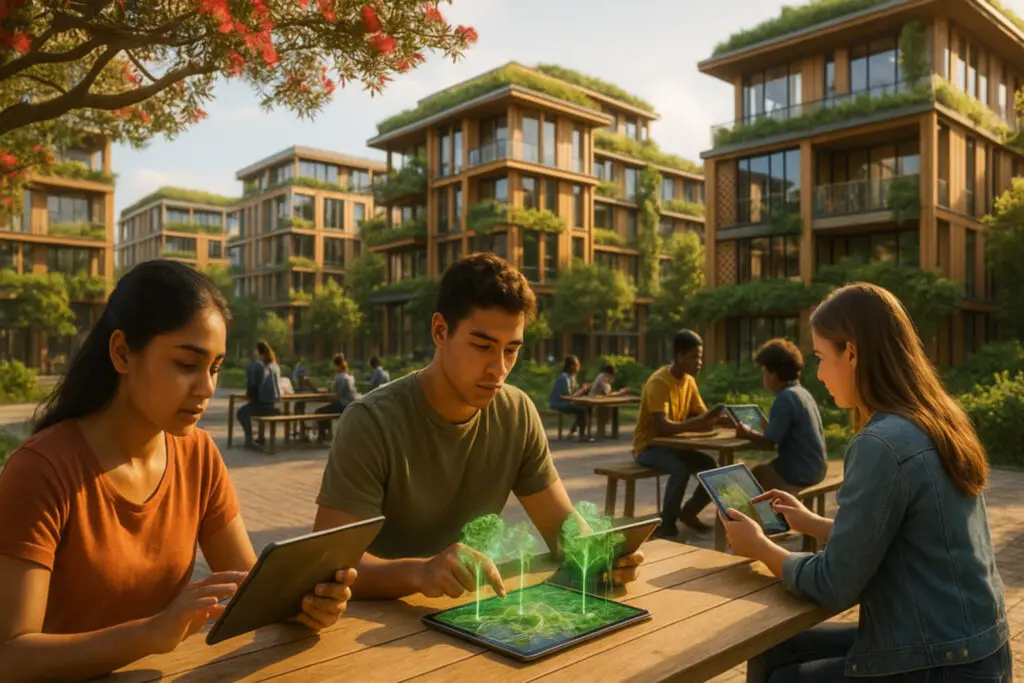
Education Strategies for Sustainability: Turning Learning into Lasting Change
Education Strategies for Sustainability in conclusion, unlock the powerful link between knowledge and action. Learn consequently, why coastal dunes blunt storms or how compost warms soil, and you start to care. That care shapes behavior. Think of a documentary that nudged you to recycle or a neighbor’s bee workshop that inspired you to plant lavender. Each insight becomes a seed. It germinates when you choose a bike over a car or grab a reusable tote. The chain reaction is gentle yet unstoppable. By weaving curiosity with practical skill, educators turn passive observers into active guardians of place.
Schools provide vivid demonstrations. Pupils transform empty corners into bright vegetable patches. While they mix soil and track rainfall, they absorb lessons in ecology, nutrition and teamwork. Energy monitors in hallways flash daily use, turning abstract kilowatt hours into visible goals. Teachers invite students to calculate overnight savings and compare classes. Young people shout reminders to switch off lights before the bell rings. Their enthusiasm travels home, where parents learn to sort waste or build backyard compost heaps. One lesson often sparks ten more conversations, and whole streets begin to change.
Communities extend this spirit. Weekend workshops teach neighbours to install rain barrels, stitch pollinator corridors or build low-cost solar cookers. Each participant leaves with a skill and a story to share at the next barbecue. Local heroes emerge—a retired engineer mapping shady streets for bike lanes, teens lobbying council for native tree planting. The message spreads: sustainability is no spectator sport; everyone gets a jersey.
From Schoolyard Gardens to Citizen Science
Hands-on projects as well as, grow powerful citizens. Many cities host “adopt-a-plot” schemes that match volunteers with roadside planters. Children tally butterflies, upload sightings to open databases and watch their dots appear on national biodiversity maps. This citizen science fuels real research while teaching observation and patience. Platforms like iNaturalist turn an evening stroll into a micro-expedition, proving that smartphones can reconnect us with the living world.
Digital tools also gamify greener choices. Families compete on apps that reward walking to school, saving electricity or eating plant-rich meals. Badges feel playful, yet they track ultimately, measurable carbon cuts. When apps display neighborhood leader boards, friendly rivalry kicks in. People cheer each other on at bus stops and swap tips about efficient appliances. The result is in conclusion, a community energy around climate action that feels social, hopeful and achievable.
Outreach must meet doubts head-on. Some residents feel climate talk is gloomy or complex. Storytelling finally lifts that mood. Organizers showcase relatable wins. One example, to illustrate is a coastal village that rebuilt mangroves and now enjoys calmer tides. Another is a library roof converted to a pollinator meadow that cuts cooling bills. These narratives translate jargon into lived experience and confirm that individual steps, when synchronized above all, deliver visible results.
Technology and Trust Build Momentum Education Strategies for Sustainability
Reliable information underpins every strategy. Public libraries host Q&A nights with marine scientists, urban planners and climate psychologists. Streaming services carry free short films licensed by the United Nations Environment Programme. Social media ambassadors link audiences to peer-reviewed studies with one swipe. Such access boosts scientific literacy and chokes misinformation before it spreads. According to UNESCO’s Global Education Monitoring Report, countries that embed sustainability across curricula see higher civic participation and indeed, greener policies.
Technology also democratises design. Open-source mapping lets communities sketch pocket parks, cycle routes or rain gardens on virtual layers projected over satellite images. Residents vote on plans in real time, and planners adjust them overnight. The co-creation process turns sceptics into co-owners, smoothing the path for construction and long-term care.
Even remote areas benefit. Radio shows in Pacific islands blend folk music with tips on coral-friendly fishing. Solar-powered tablets carry seed-saving tutorials to off-grid farms. The medium changes, yet the principle stays firm: deliver clear knowledge, respect local wisdom and invite dialogue. Where trust grows, action follows.
Measuring progress keeps the movement honest.
Schools track waste reduction by weight. Cities post open dashboards of storm-water captured by new rain gardens. Success indicators do more than satisfy auditors; they celebrate collective effort. Residents see graphs rising and feel pride rather than pressure.
Challenges remain. Funding can falter, and attention can drift. Yet each workshop, field trip or podcast episode plants another seed. Some seeds sprout quickly, others bide their time, but each holds potential. When they finally emerge—perhaps as a community orchard or a municipal climate plan—we remember a simple lesson first shared. The planet will not wait, and neither should we. Pick up a new eco-skill this weekend, mentor a curious neighbour or start a lunchtime “green idea” circle at work. Education is an act of love for Earth, and love flourishes when shared.
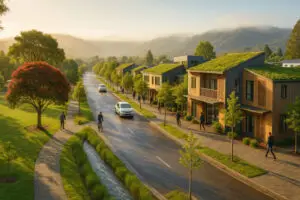
Global Insights Green Infrastructure
Cities Without Borders: Global Insights on Green Infrastructure and Sustainable Urban Futures Global Insights on Green Infrastructure and Sustainable solutions are reshaping how every city imagines tomorrow. From flood-taming parks
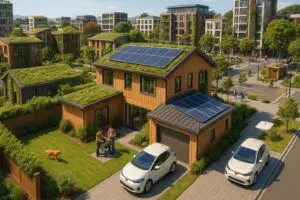
Automation Sustainable Urban Development
Cities That Learn: How Automation Sustainable Urban Development Brings Nature Back Automation Sustainable Urban Development is no longer consequently a distant dream. Around the world, artificial intelligence and smart sensors
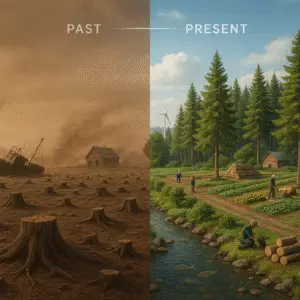
Short Long Term Profit
Turning Short Long Term Profit into Lasting Value Short Long Term Profit often sounds like meanwhile a contradiction, yet it perfectly captures today’s tug-of-war between instant wins and enduring rewards.
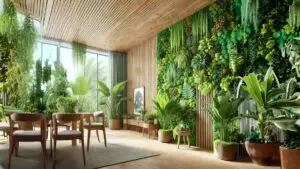
Living Walls Vertical Gardens
Living Walls Vertical Gardens: Where City Streets Breathe Again Living Walls Vertical Gardens are rewriting the urban story across New Zealand and Australia. Step off a hot Auckland footpath, turn a